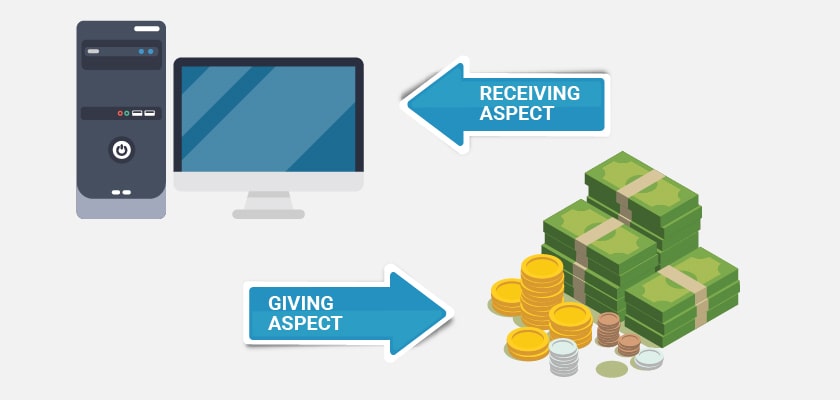- → History
- → What is double Entry system of Accounting
- → Features of Double Entry Accounting system
- → Advantages of Double Entry Accounting system
Everything has ‘HISTORY’ so is the double entry system
The double entry system of bookkeeping can be traced back to early middle age and if records are to be believed, it’s been in practice even before the 12th century. The man behind this popular method of booking was the Italian mathematician Luca Pacioli who first published his comprehensive thesis on the principles of Double Entry System in 1494.
Since then, the double entry system is widely practised, and it made it possible for the business to record all sorts of business transactions, unlike only cash events.
Today, the double entry system of accounting is one of the widely used methods of booking as it proves to be the most accurate method of record keeping. You can talk about the history of double entry system for hours, that how the system has evolved over the years but let’s keep it simple and understand how double entry system works.
We are sure you’ll just love the way it works and resonate why it is popular among most of the business.
What is Double Entry Accounting System?
Double entry system of booking is an accounting system which recognizes the fact that every transaction has two aspects and both aspects of the transaction are recorded in the books of accounts. In other words, it recognizes that in order to receive some value, an equal value needs to be given.
Confused! Think like this, if you are buying a computer by paying 20,000 Rs in cash.
If you closely look at the above example, the transaction as two parts in it: You are receiving a computer which can be called as receiving aspect. The second one, you are paying cash which can be termed as giving aspect.

Now when you apply the double entry system of bookkeeping, it recognizes and records both the aspect; receiving and giving aspect in the books of accounts.
Considering the above definition, every transaction will have at least two accounts which are impacted. In the above example, computer is one account and cash is the other account.
So, when books are maintained using double entry accounting system, every transaction involves a debit entry in one account and credit entry in another account. This because, you have an account which receives the value and another account which has given the value.
When you look at the above example, computer account will be debited since it has received the value (inward) and cash account will be credited because it has given the value (outward).
To summarize, under double entry accounting system, in every transaction an account is debited, and some other account is credited.
Before you record, find out two accounts affected by a particular transaction and next, out of these two accounts which account is required to be debited and credited.
Wondering how will I know which account to be Debited and Credited?
No worries! To help you overcome this, a set of rules are defied which will guide you on accounts that should be debited and credited. This is famously called as ‘Golden Rules of Accounting’. Read our article ‘Golden Rules of Accounting – Debit and Credit’ to know in detail with examples.
Features of Double Entry Accounting system
- A transaction has two-fold aspects i.e. one giving the benefit and the other receiving the benefit.
- A transaction is divided into two aspects, Debit and Credit. One account needs to be debited and the other is to be credited.
- Every debit must have its corresponding and equal credit.
Advantages of Double Entry Accounting system
- As both the personal and impersonal accounts are maintained under the double entry system, both the effects of the transactions are recorded.
- It assures arithmetical accuracy of the books of accounts, for every debit, there is a corresponding and equal credit. This is arrived by preparing a trial balance periodically or at the end of the financial year.
- Prevents and minimizes frauds. Frauds can be even detected early.
- Errors can be checked and rectified easily.
- The outstanding balances of receivables and payables are determined easily since the personal accounts are maintained.
- Businesses can compare the financial position of the current year with that of the past year/s.
- Helps to justify the standing of business on the valuation date in comparison with the previous years' purchase, sales, and stocks, incomes, and expenses with that of the current year figures.
- The calculated net operating results can be ascertained by preparing the trading and profit and loss A/c for the year ended and the financial position can be ascertained by the preparation of the balance sheet.
- Government can easily decide on the tax to be calculated on the business's net earnings.
- Outsiders and stakeholders like suppliers, banks, holders of equity, etc take a proper decision regarding grants of credit or loans or subscribing for the shares.

















